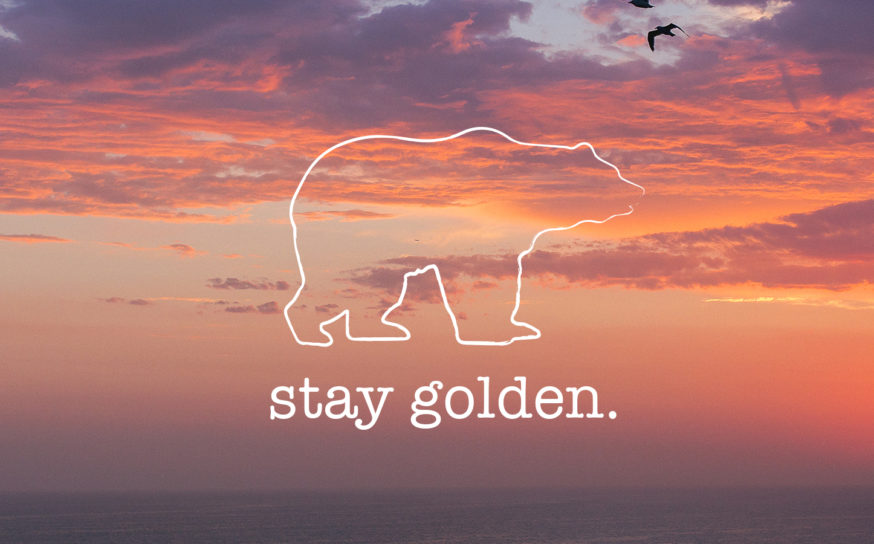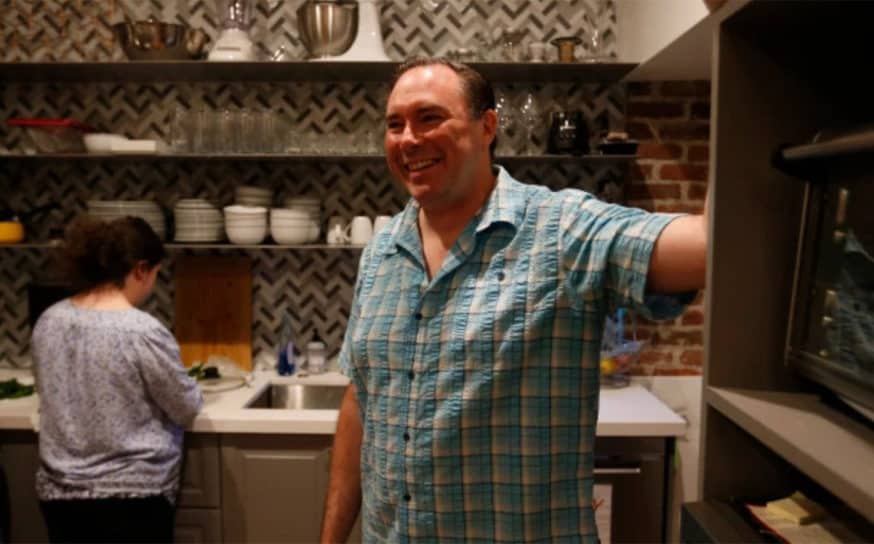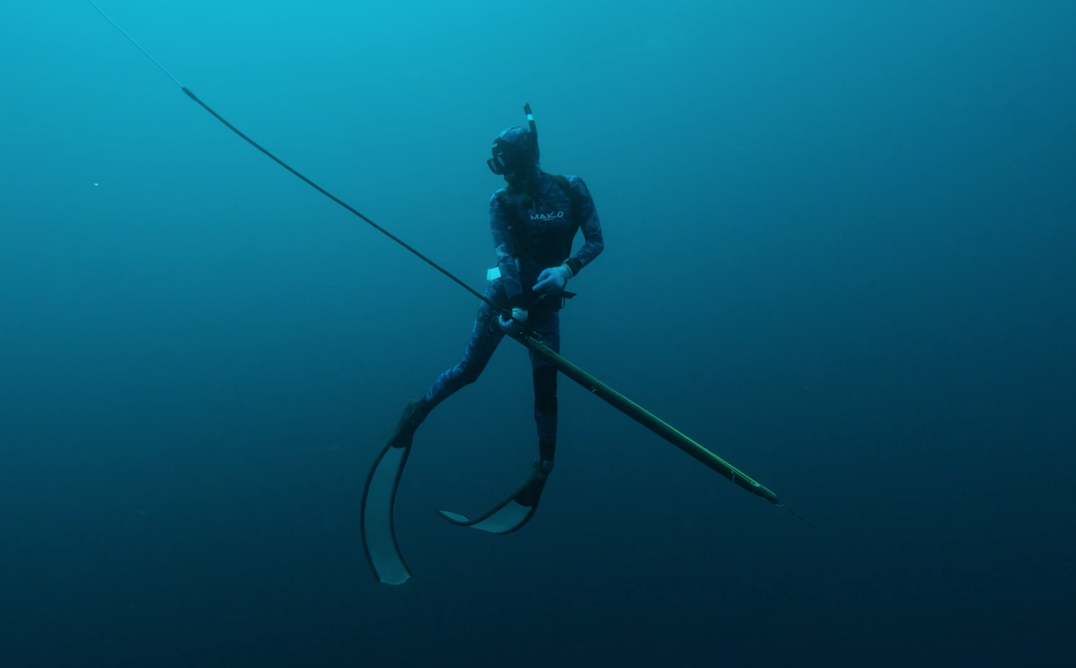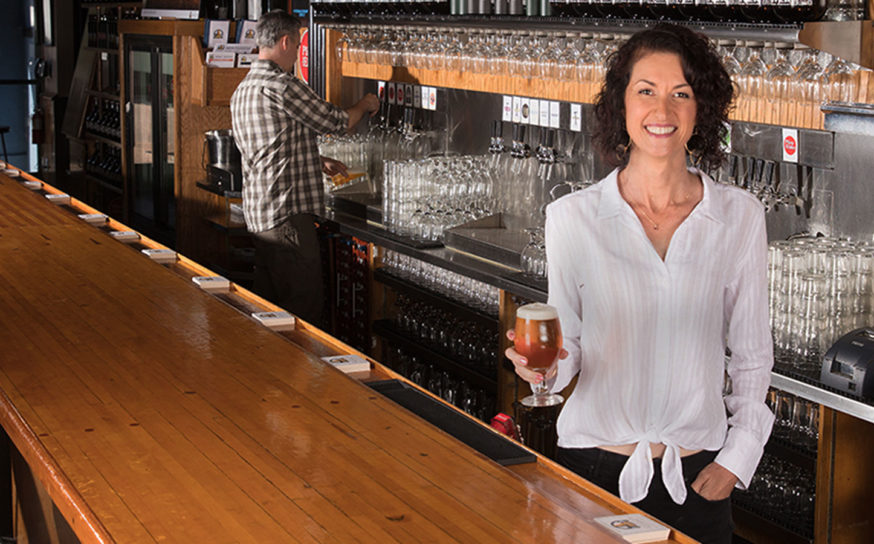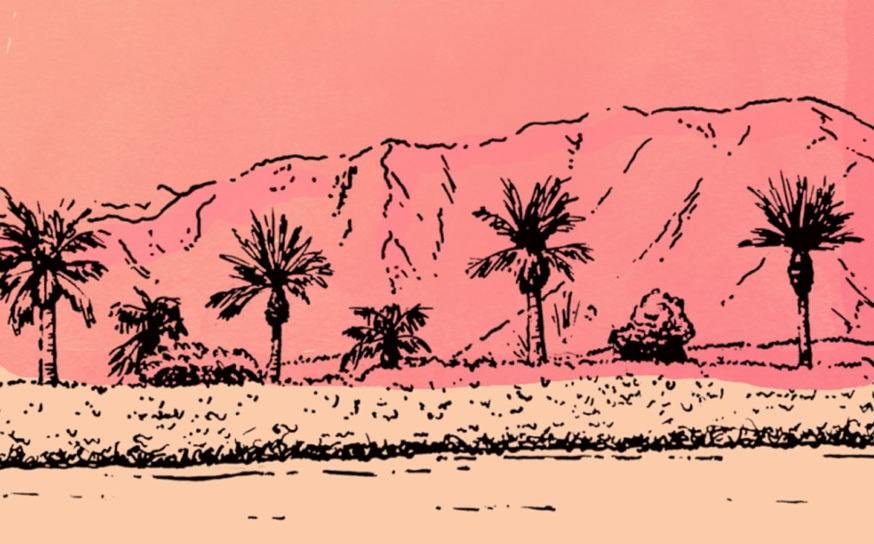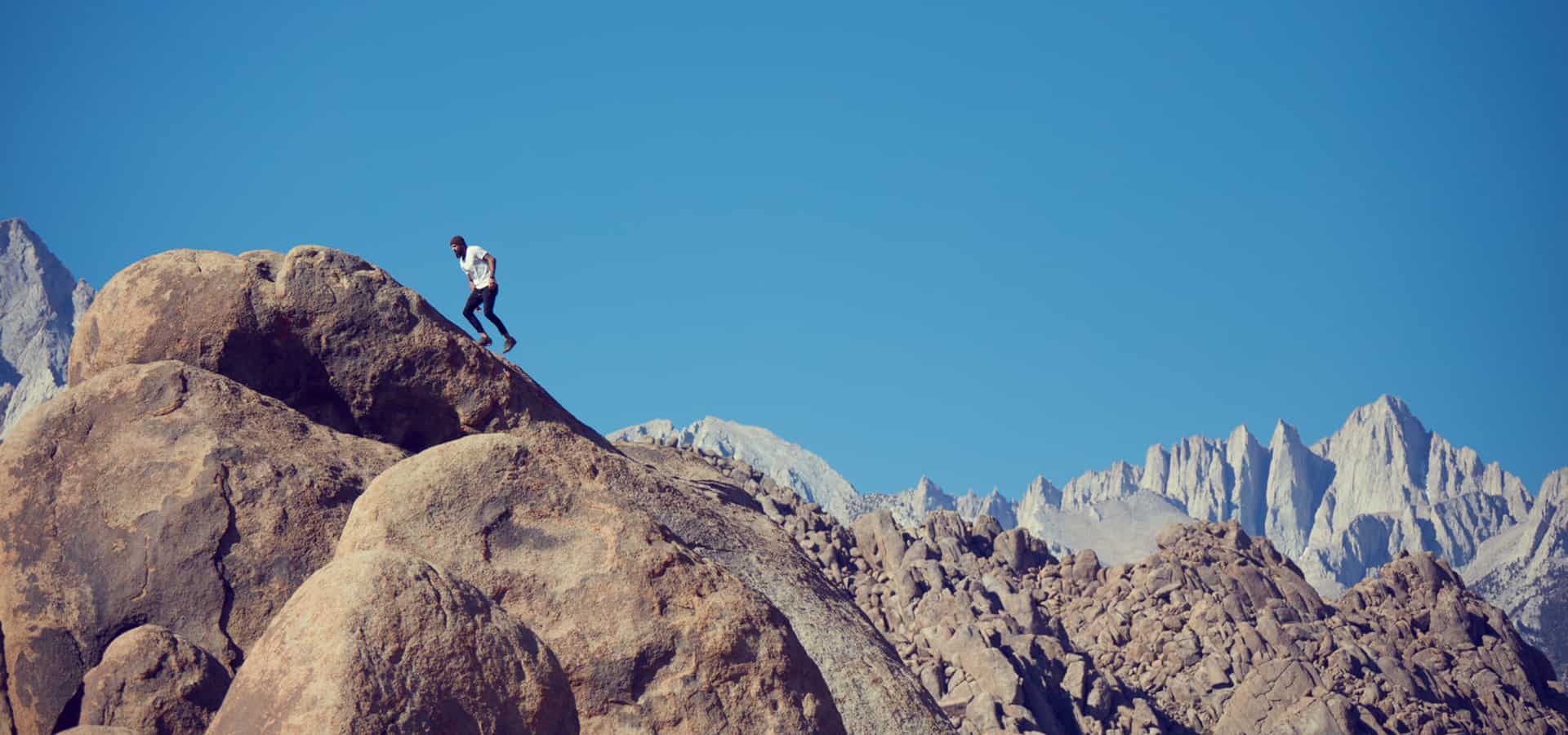
Hermosa Beach Designer Draws Inspiration from His Southern Utah Roots
Nathan Anderson is a thrill seeker with no boundaries.
-
CategoryMakers + Entrepreneurs
Do you know anyone who has a 40-foot climbing wall in their living room? How about someone who chooses to live in a Honduran jungle just after a hurricane? Do you know a man who can survive alone in the desert backcountry of Utah or an elite athlete-adventurer obsessed with the limitless majesty and purity of nature? If you do, it’s doubtful that it’s anyone other than Nathan Andersen, founder of Walter Sky.
Soft-spoken and humble despite his powerful appearance, Nathan’s life is packed with fascinating adventures and stories. If not waking up sand-side in Hermosa Beach or taking his boys to school, you’ll find Nathan on the road—seemingly blown by the wind to a site worthy of canyoneering … ascending into the unforgiving crevices of slot canyons in some of the world’s most awe-inspiring places. Far from civilization and the norms of society, this is more than a welcomed escape for Nathan; it is a pillar of his being.
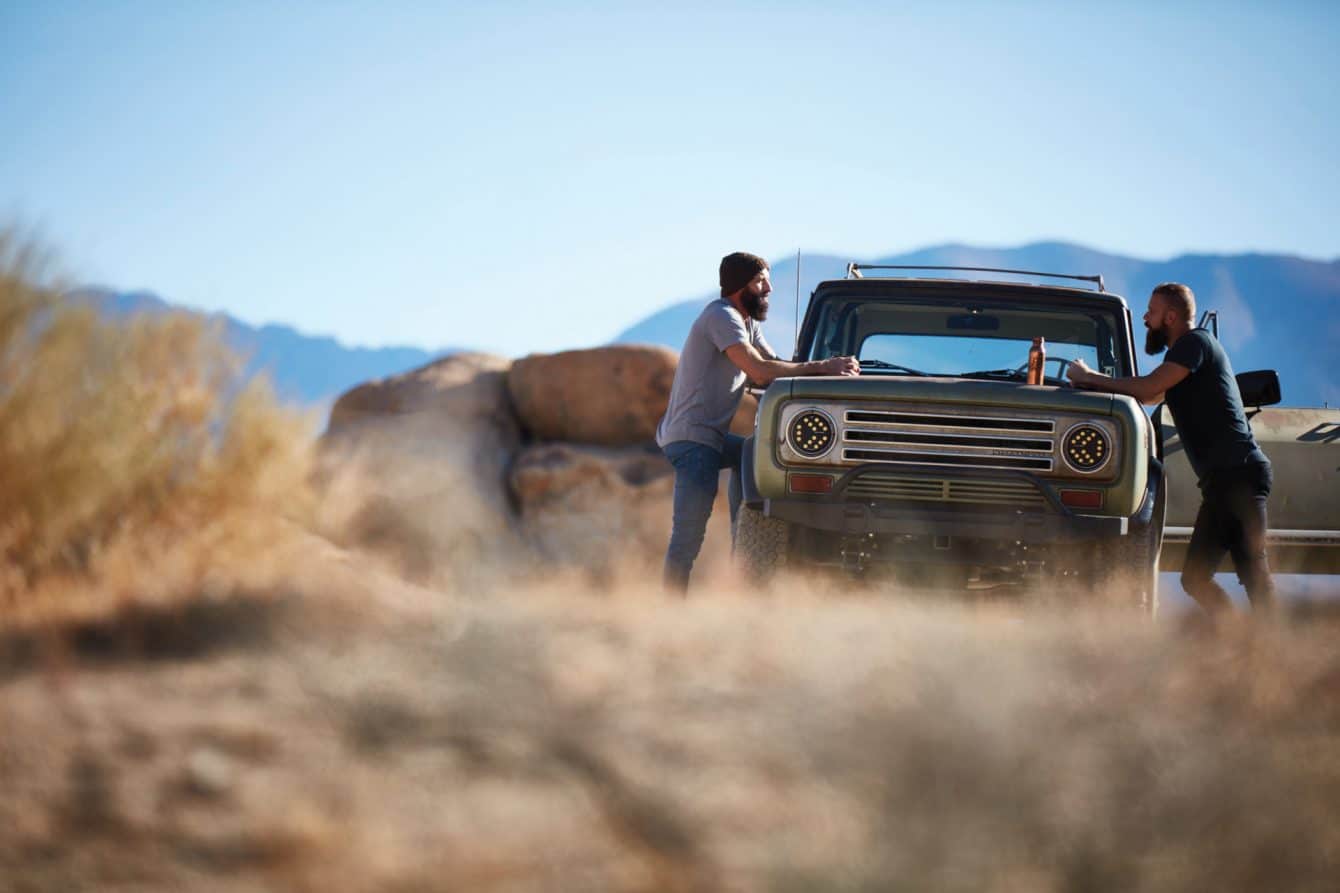
Growing up within a stone’s throw of Utah’s Wasatch Range, Nathan took his first steps into the boundlessness of nature—roaming, climbing, collecting and testing his limits without his parents pulling him back from the ledge. Guided by his grandfather (a free-spirited, rail-riding inventor), his mother (a fearless thrill-seeker who out-skied the boys) and his father (an accomplished athlete turned international businessman), Nathan was lovingly indoctrinated with the confidence to blaze his own trail.
He and his family ventured to Southern Utah every summer to stay at his grandfather’s house. One of five children, Nathan and his brothers and cousins would wander through the brush and float on the river.
Both of his parents were avid athletes and encouraged adventure and discovery. As an accomplished skier, backpacker and cliff-jumper and a fellow lover of the outdoors, Nathan’s mother taught him how to climb and repel, put him on skis when he was 2 and enrolled him in Scouts as a young boy to teach him survival skills.

Nathan became a thrill-seeker with no boundaries—exploring expansive spaces, climbing rocks and collecting artifacts. Once he had kids, Nathan started to spend more and more time in Utah; by then his parents lived there full time. He now spends a lot of time in the mountains and the Colorado Plateau—one of his favorite places on the planet.
All of these experiences contributed to his ability to survive in the wild. Most people would take the first flight out of there, but Nathan described this experience as just “awesome.”
His extreme encounters also helped him appreciate the simple things: a natural landscape, a hearty meal, a warm jacket. And sometimes in those harsh elements, it was the clothes on his back he appreciated most. A dream of creating his own clothing brand began to emerge, but it always seemed out of reach.

Through the years, during his travels, he took mental notes of the way certain garments fit or the way a fabric moved or felt. As he spent more time in the outdoors camping or climbing, he also realized he spent a lot of money on these garments but only wore them for the outdoors. He started delving deeper into the concept of making a technical garment comfortable both in the extremes of his lifestyle as well as in everyday wear.
“A lot of companies were trying to do it, but it was either too far into fashion or too technical. No one could capitalize on it,” he says. “What I found out through a lot of R&D was that those bigger companies didn’t want to take on that risk of offending their core clientele by innovating in another direction.
The fabrics needed for a technical garment are expensive, and they don’t want to spend that kind of money. So their goal is to find cheaper alternatives and ways to better their bottom line as opposed to innovation and creating new ideas.”
Read more about Nathan’s inspired adventures here.
Introducing Stay Golden, Our First Golden State Spotify Playlist
Exploring the best of California,
one song at a time.
San Jose’s Getting the Biggest Co-Living Building in the World
More people are leasing these modern dorms to save on expenses.



